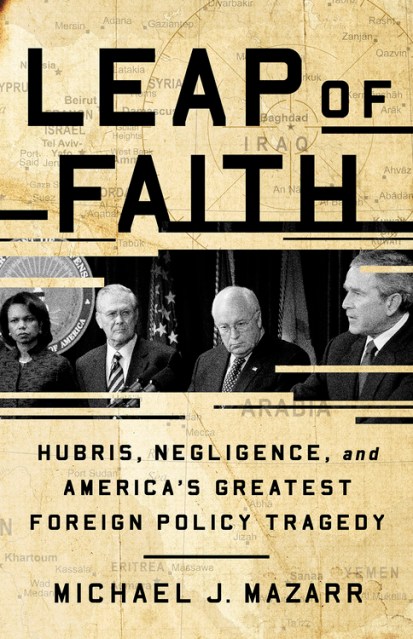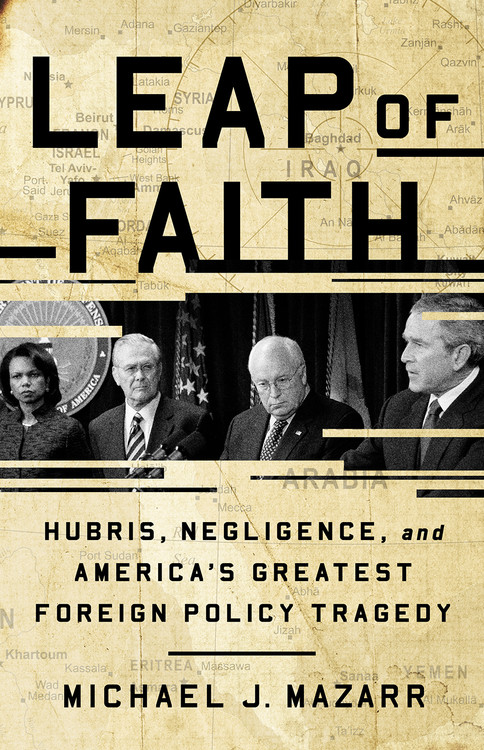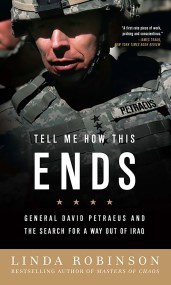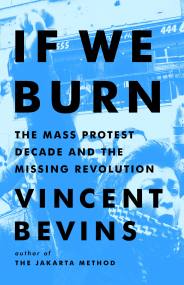Promotion
Use code MOM24 for 20% off site wide + free shipping over $45
Leap of Faith
Hubris, Negligence, and America's Greatest Foreign Policy Tragedy
Contributors
Formats and Prices
Price
$30.00Price
$39.00 CADFormat
Format:
- Hardcover $30.00 $39.00 CAD
- ebook $17.99 $22.99 CAD
This item is a preorder. Your payment method will be charged immediately, and the product is expected to ship on or around March 19, 2019. This date is subject to change due to shipping delays beyond our control.
Also available from:
A single disastrous choice in the wake of 9/11-the decision to use force to remove Saddam Hussein from power-did enormous damage to the wealth, well-being, and reputation of the United States. Few errors in U.S. foreign policy have had longer-lasting or more harmful consequences. Yet how the decision came to be made remains shrouded in mystery and mythology. To this day, even the principal architects of the war cannot agree on it.
Michael Mazarr has interviewed dozens of players involved in the deliberations about the invasion of Iraq and has reviewed all the documents so far declassified. He paints a devastating of portrait of an administration fueled by righteous conviction yet undercut by chaotic processes, rivalrous agencies, and competing egos. But more than the product of one bungling administration, the invasion of Iraq emerges here as a tragically typical example of modern U.S. foreign policy fiascos.
Leap of Faith asks profound questions about the limits of US power and the accountability for its use. It offers lessons urgently relevant to stave off similar disasters-today and in the future.
Genre:
- On Sale
- Mar 19, 2019
- Page Count
- 528 pages
- Publisher
- PublicAffairs
- ISBN-13
- 9781541768369
Newsletter Signup
By clicking ‘Sign Up,’ I acknowledge that I have read and agree to Hachette Book Group’s Privacy Policy and Terms of Use







